Fairy Tale Library Lesson – Personality Quiz and AI Image Generation
Thanks to everyone who responded to my post on Instagram about this and asked for more details.
I work with a range of different classes each week and every time I have a library lesson I seek to make it as interactive, engaging and possible. When sitting and deciding on how I might make a regular library lesson for a Year 9 English class who are studying fairy tales engaging, I started with the idea of a Fairy tale character personality quiz.
Do you like personality quizzes? I do and so do my students. I’ve created a few over the last few years and used them to profile students and then give them book recommendations. It’s just a bit of fun. So, I decided to create a “Which fairy tale character are you?” personality quiz for the Year 9s so we could discuss the characters you might typically find in a fairy tale. This would hopefully be helpful for them, as they have to rewrite a fairytale from another perspective.
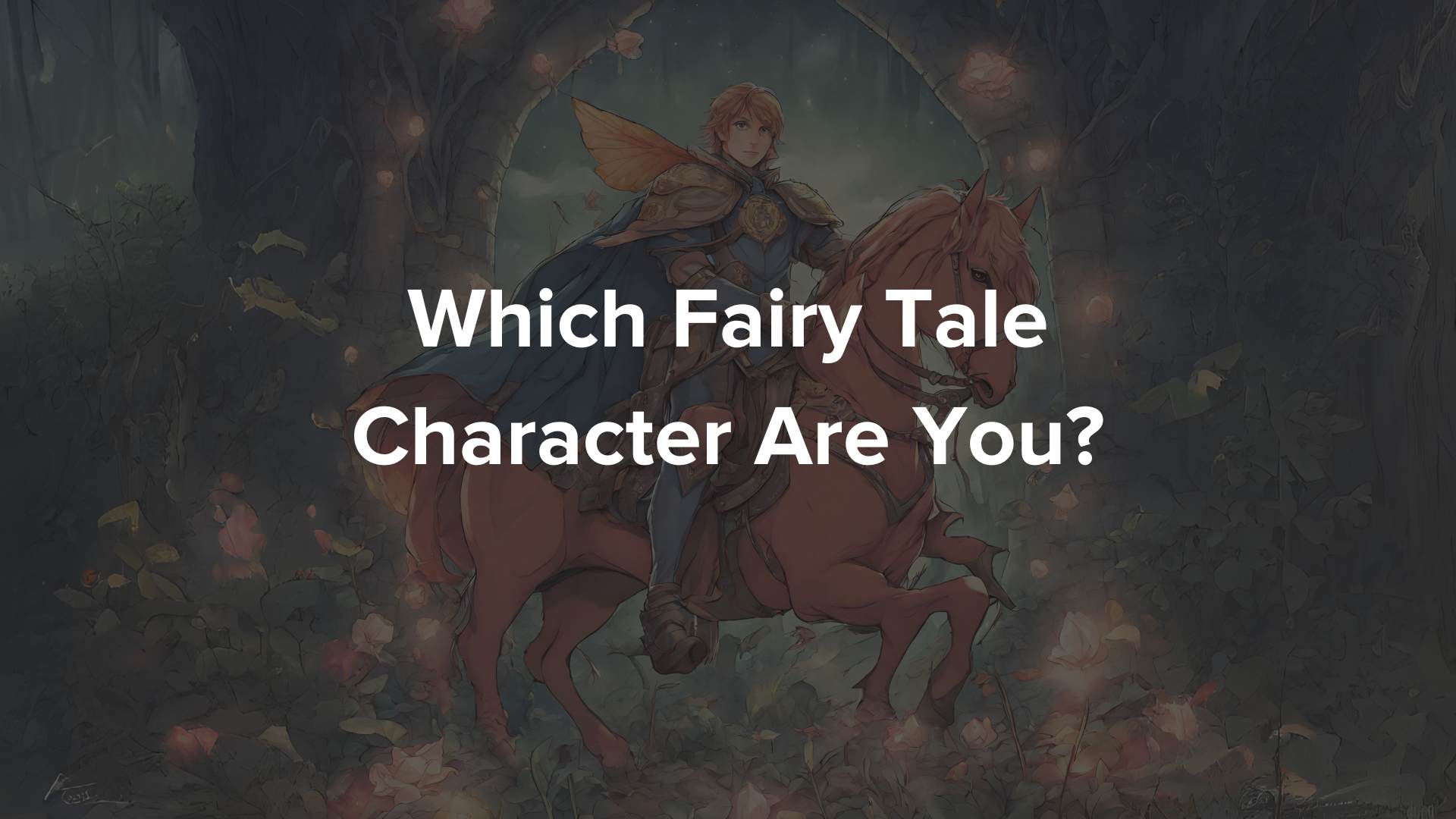
Creating the quiz
I use Involve.Me which is an online platform. It has a ton of features and uses, including as a form and pop-up builder, but I predominately use it for creating quizzes where the answers selected have weight and lead to a different solution, depending on what answers you’ve selected. It’s easy to use, you just create a new answer-based outcome quiz, put in your questions and then map each answer to one of your outcomes. For the fairy tale character quiz, I set 8 outcomes: Prince/Princess, Hero/Heroine, Animal Friend, Sidekick, Fairytale Godperson, Villain, Ruler and Narrator. I then used a few online sources, like Buzzfeed quizzes, for inspiration to write the questions for the quiz. They included “How does your fairy tale start?”, “Select an item for your fairy tale outfit’, and “What will you find or learn in your fairy tale?” Each multiple choice answer is then mapped to an outcome. So if someone selects “Revenge” in response to the third question, they will be more likely to get the Villain outcome than someone who selects “A lifelong friend.”.
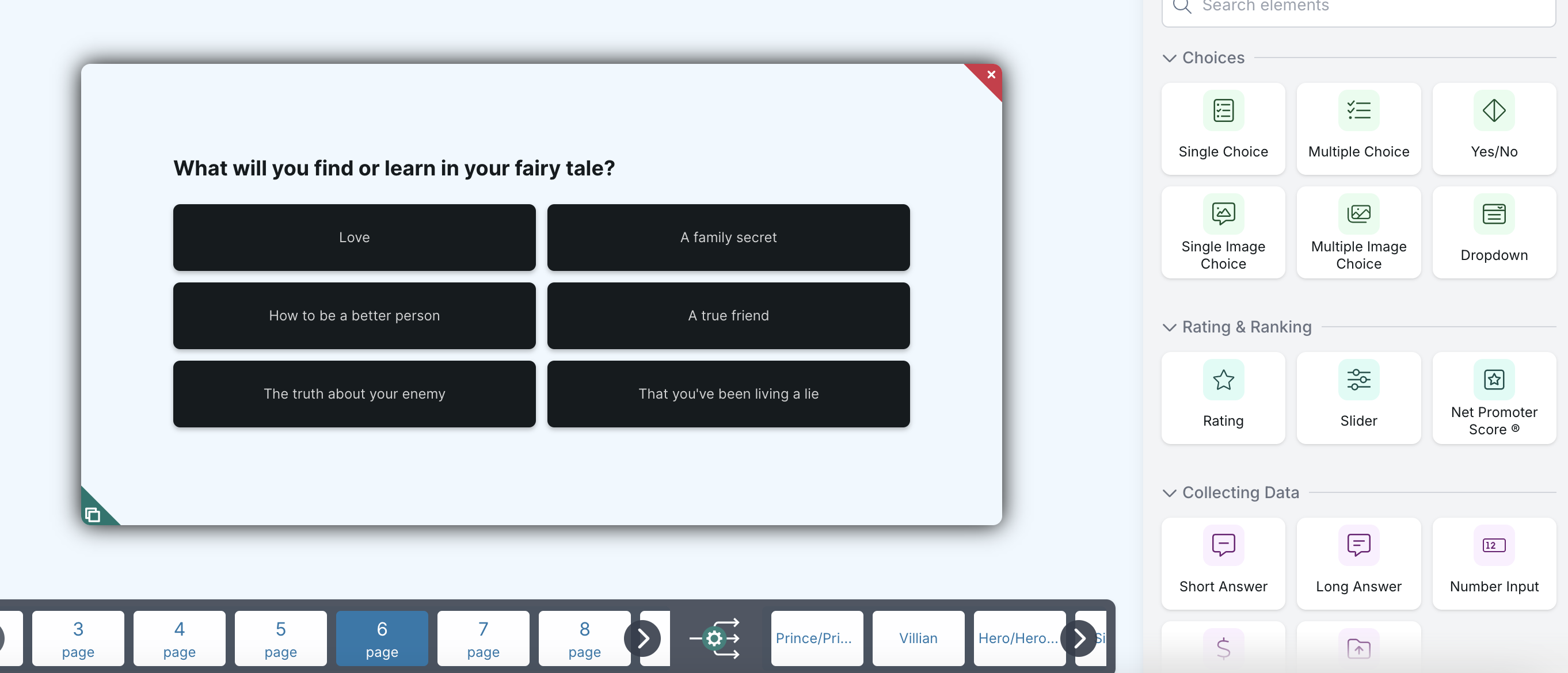
I tried to make the questions something that would be helpful to the students in their fairy tale investigation.
Using AI to create the Outcome pages
To create each outcome page, I had ChatGPT write me a short description of each fairy tale character. So the Villian outcome page says “Congratulations, you’re the Villain. Cloaked in darkness and fuelled by ambition, weaving schemes to thwart the hero and sow discord.” I also wanted to use an image and when struggling to find the right CC0 images, I turned to Canva’s Magic Media tool. I started by adding basic prompts – Fairy tale villain. Fairy tale hero.

I was happy enough with the first few images I got. The fairy tale hero/heroine was neither too female or male and the animal friend was fine. The side kick was just strange and the Villain a little too goblin like to start with, but it was when I asked for a prince/princess, ruler, narrator and fairy tale Godperson that I noticed that every single character I was getting was White and most of them were female. Having just had a conversation with our Head of English about use of AI and our desire to really show students the ethical and moral issues of AI, I decided this would make an awesome second part of the lesson.
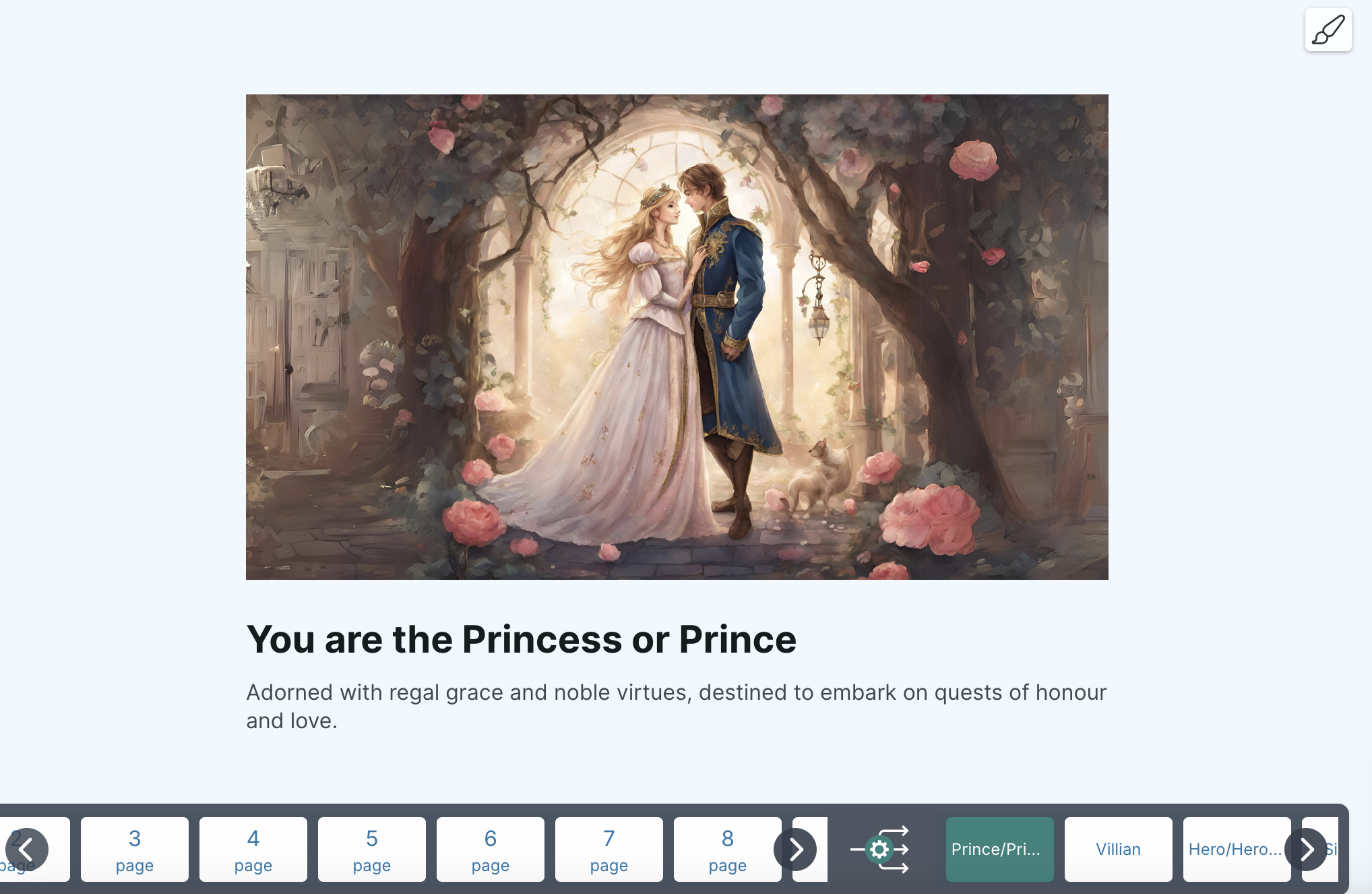
Using AI to generate a fairy tale character
So, after having the students take the quiz a few times to try and get different answers, I asked them to look more closely at each of the images I had used. What did they notice? I explained that if I wanted a character that wasn’t female or White, I had to specifically mention that in my prompt. I showed them the images I had generated from basic prompts and what could be achieved with more detailed prompts.

I asked them to sign into Canva and navigate to Magic Media. We use Canva a lot and my students all have access to a Canva for Education account, which makes using their AI tools very easy, rather than having to have students sign up to different AI programs. I asked the students to start putting in their own fairy tale character related prompts. What could they generate? What other biases could they discover?
Discussion of AI Bias, Prompts, Limitations and Ethics
I was thrilled with the students’ depth of thinking and analysis. They noticed things I hadn’t, including the features on the characters and the fact that they were all thin, abnormally so. We discussed why this would happen, how AI is created and trained with data, how it reflects the bias of the data and how we have to be critical users. The students noted that some responses were not able to be viewed because it broke the rules of what was okay to view. They questioned that and we discussed the practices of some AI creating companies who use unethical methods (like underpaying workers and exposing them to traumatising materials) to train their AI models. I then asked students to see if they could write a descriptive prompt that would reflect a modern fairy tale character without these biases.
Overall, I was impressed with the students’ response to this lesson. It was a quick and easy way to use digital literacy skills in their fairy tale unit.
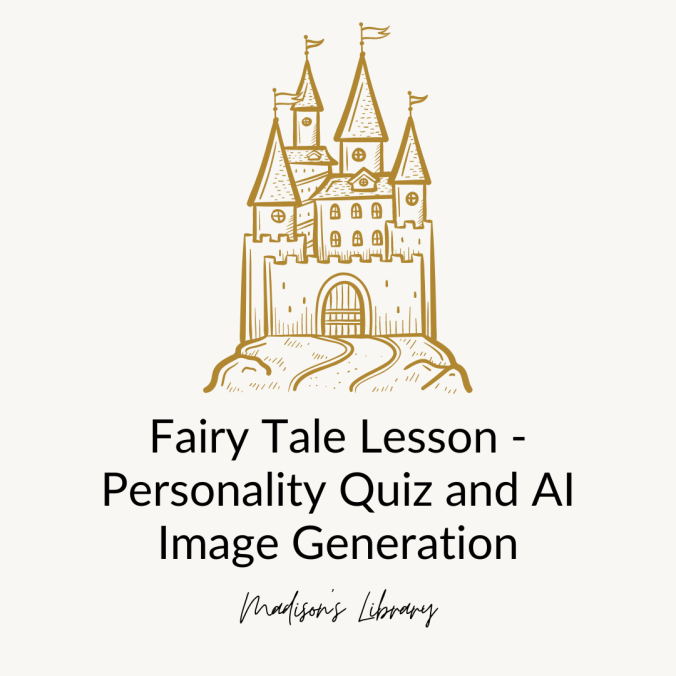
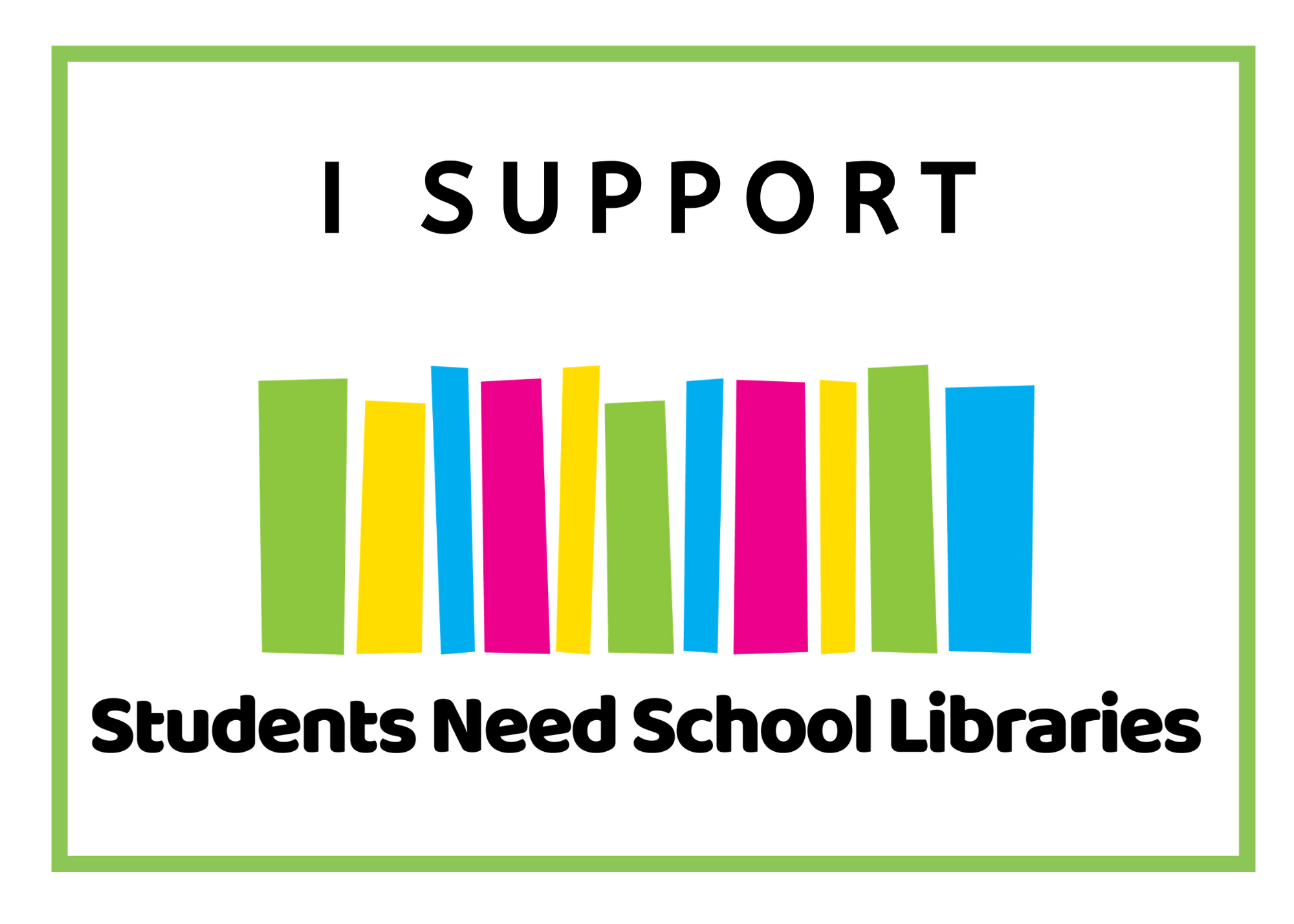

Thanks Madison. Wonderful example of using AI